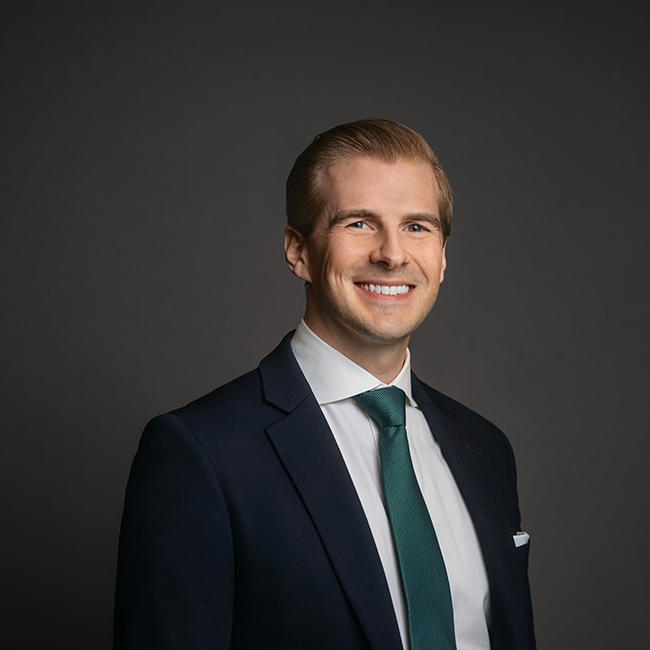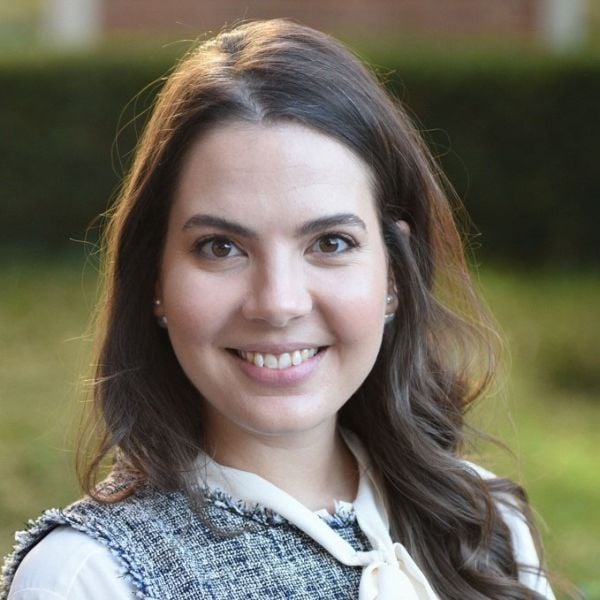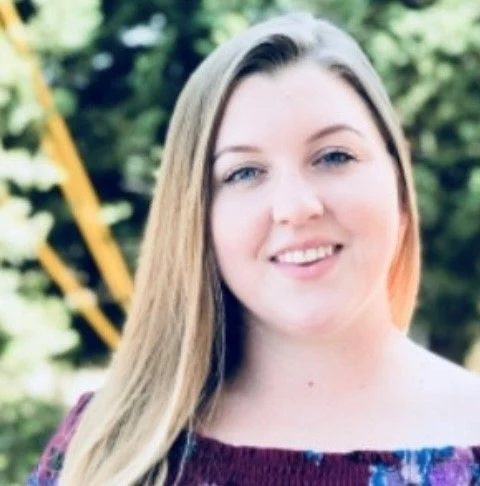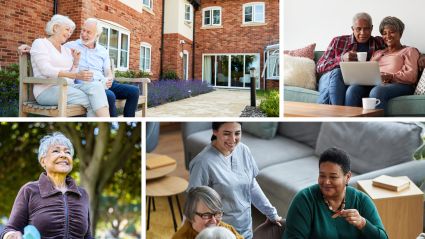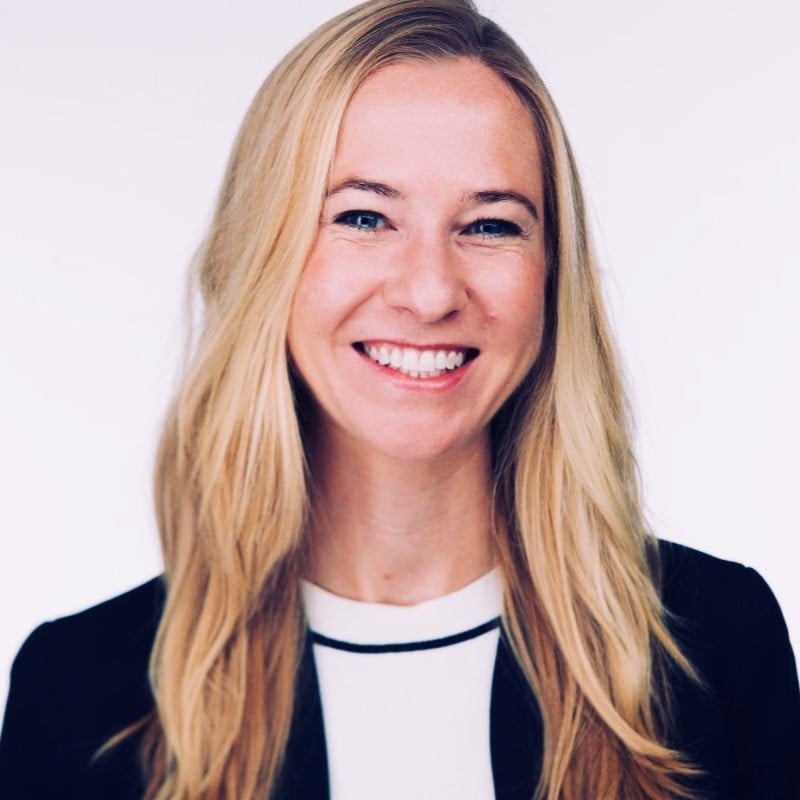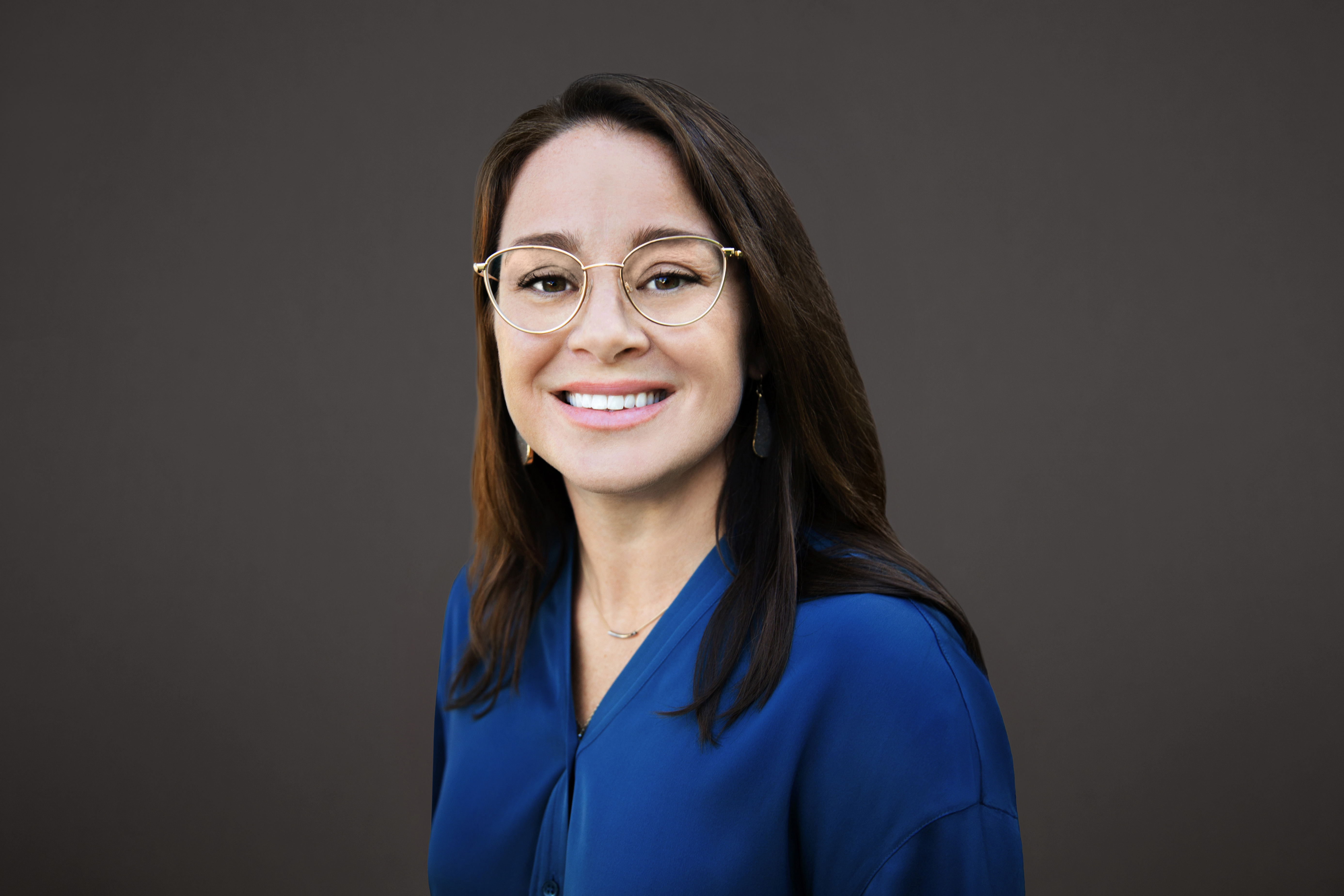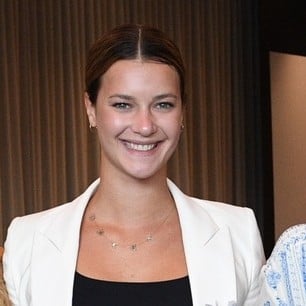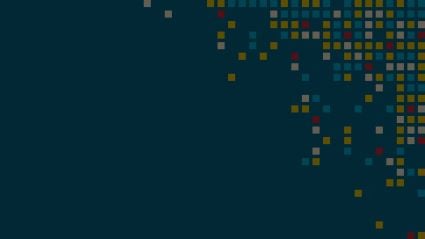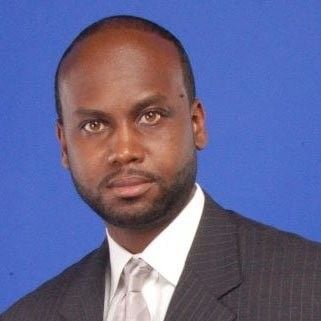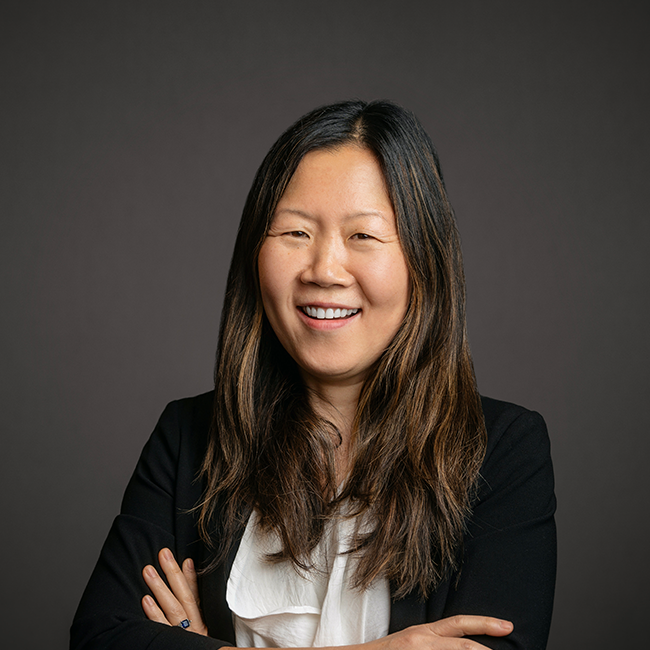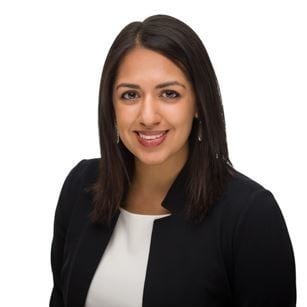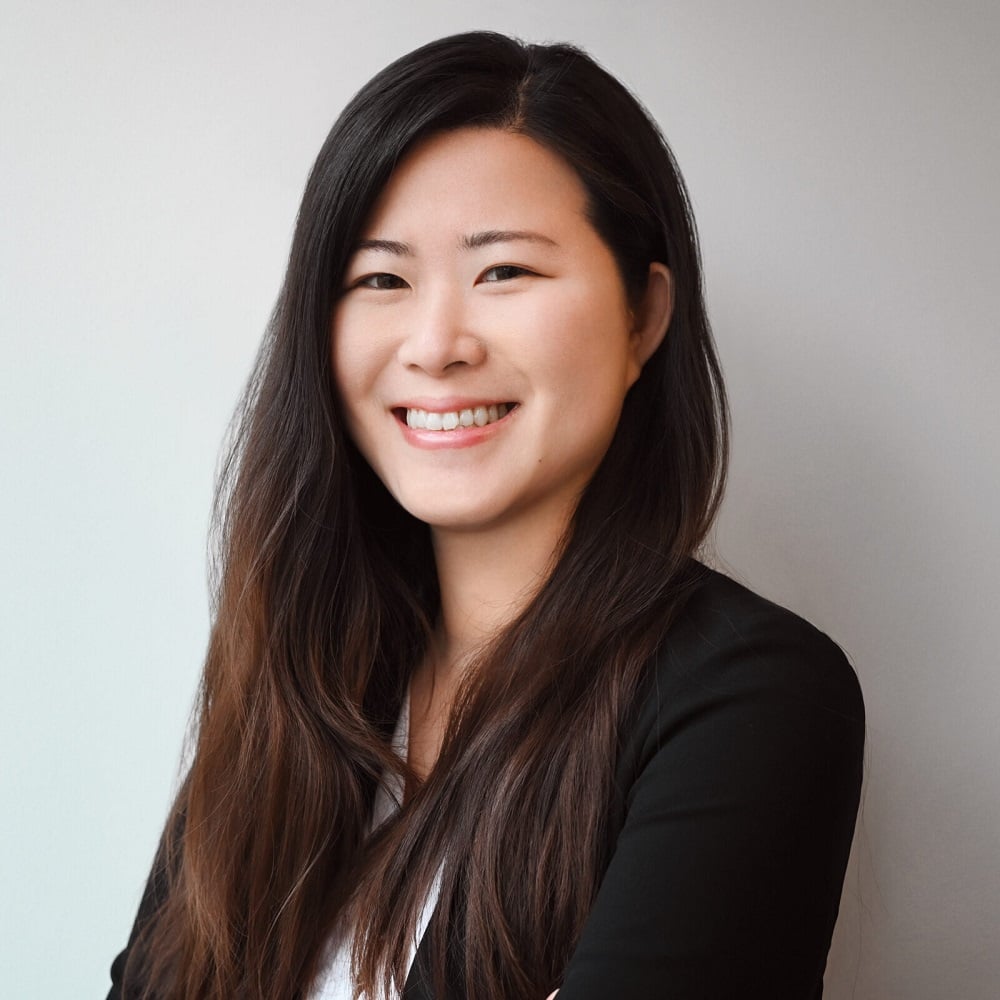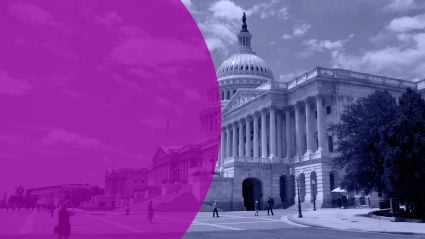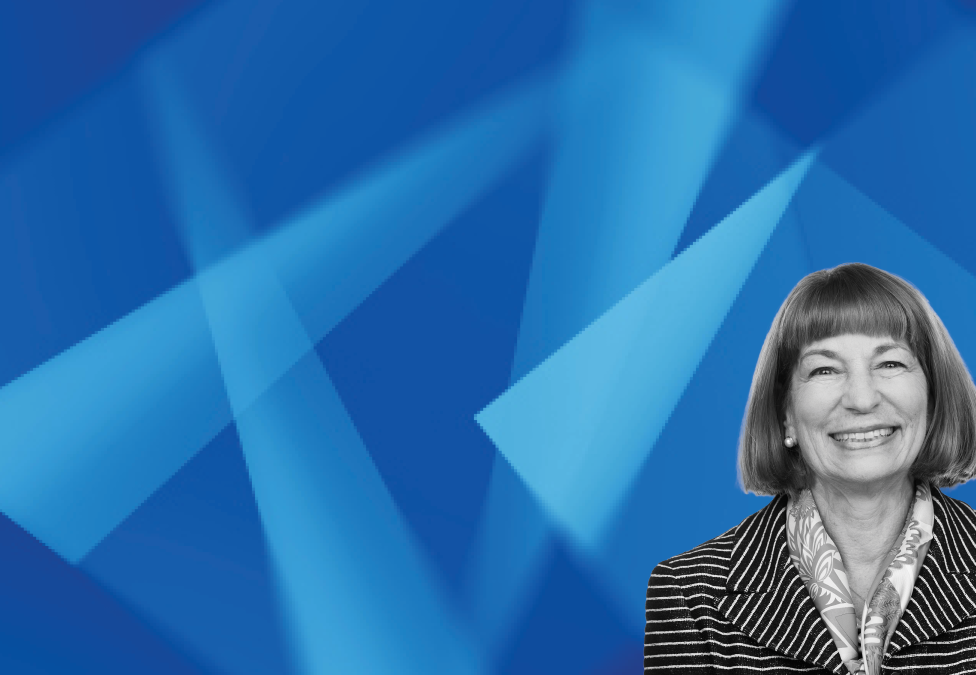
Please tell us about your background and what led you to start Juniper Communities.
I'm a health policy wonk seeking to implement new ideas that can be tested and scaled for a double bottom line: doing well by doing good.
After finishing my doctoral research, I helped design a statewide health program for Oregon. The goal was to mainstream publicly funded beneficiaries into commercial health insurance programs. After the program launched, I joined a not-for-profit that was conducting a Medicare demonstration project to enroll beneficiaries in the earlier version of value-based care alternatives. That work led to several local initiatives to expand resources for lower-income individuals and middle-income older adults.
I then moved to New York to work in a family office. One of the assets held and directed by this family was a controlling interest in a publicly traded long-term care company, which owned skilled nursing communities and retirement living communities.
I learned quickly, and the company's value increased markedly. When eventually the company was sold, I left and formed Juniper.
Juniper is considered an innovator in the senior housing industry. To what do you attribute your tremendous growth over the 35 years since you began this journey?
The most important reason for me to start Juniper was a desire to build a company with a culture that truly reflected our mission: to nurture the spirit of life. Over time, it became clear that we not only would need to better understand the changes in our healthcare system and the needs of older adults but also to demonstrate the efficacy of different programs that meet these objectives.
As housing options and healthcare needs for older adults evolved, innovation and adaptability became most important. Our innovations have ranged from designing and building one of the first small-house models for people with memory challenges to building a LEED prototype community, to establishing a care transitions program. Today, we are taking integration one step further by providing a lifestyle management program that can be delivered in communal or home settings.
I tie our success to our people, our culture, and our like-minded investors.
What made you most interested in participating in the Milken Institute’s Financial Innovations Lab on Innovative Financing Models to Scale Affordable Housing Solutions for Middle-Income Adults?
I believe that assuring the well-being of older adults in America is one of the top issues our country must face and deal with this century. It is perhaps only second to climate change. That said, the opportunity to come together with other similarly dedicated individuals with a wide variety of experiences and perspectives was exciting. In addition, the Milken Institute's other similar initiatives have often teased out creative and scalable solutions to exceedingly difficult issues. The support of the Institute team to facilitate the discussion, coalesce around the big ideas, and share the findings broadly can make the difference between a discussion and action.
How has your earlier work with Medicare Advantage plans helped shape your current work to support middle-market services for older adults?
Those of us who own and operate know that expenses are not the same across communities, but the variance in expenses is far smaller than the regional difference in revenues. Location matters for margin; not all older adults have assets or family who can support them as they age and their needs change.
We have always looked to serve the middle-market and special-needs communities. We bought communities opportunistically, worked to improve the level of service and experience, and filled older buildings. We found there are people in the middle market who do not qualify for housing assistance or Medicaid but also do not have the resources to pay for both the housing they want and the supportive services they need.
At Juniper, we realized that managing care transitions was a core competency of senior living. We assess, develop care plans, provide monitoring, and follow up after a care transition. We developed new workflows and used an electronic data and communication system as the real-time source of truth, for our staff as well as the ancillary health-care providers that served our residents. The results were clear: Our program improved lives, reduced hospitalizations, and saved money. But those savings accrued to Medicare, not to the senior living community, to offset the escalating costs of services.
The only tangible way was to control the healthcare dollar, and the only way to do that was to be a payor. Hence, Juniper, together with other operators, formed the Perennial Consortium. Today, the consortium operates Medicare Advantage in several states. We are defining and paying communities for benefits they provide for 24/7 monitoring, transportation, food as medicine, prescribed fitness programs, and more. We must look at both housing and services when we look to solve the issues of middle-market older Americans.
Tell us about your most recent initiative, Catalyst.
Catalyst is a major mindset shift to focus on wellness, not disease intervention. Instead of focusing solely on care, we are extending our high-tech, high-touch approach to both hospitality and engagement-related programming and service—in addition to traditional care and activities of daily living support. We believe that Catalyst will attract the next generation of consumers who want more control and who are willing to be “health-care citizens,” sharing in the rights and responsibilities of chronic disease management and working to prolong health and engaged living.
New research shows the benefits of “food, fitness, and fun.” What you eat, what you do to retain strength, and how you stay engaged with the world matters. Catalyst addresses these issues by using data and analytics to suggest the best road map for health while offering human support.
Based on advances in technology, health care, and investment in the sector, what do you see as the future of housing with services for middle-income adults?
I am excited and optimistic. Inflation and the shift in the capital markets to address these economic issues have caused a dislocation and a drop in values for some undermanaged, usually older senior living communities. This provides an opportunity for the right group of capital sources and owner/operators to pilot housing with service for the forgotten middle.
Technology will also make a big difference, providing new workflows to allow humans to support lifestyle management. Finally, precision medicine will come into its own. By accessing and processing data swiftly with machine learning and AI, we can begin to suggest the best “lifestyle prescription.”
What we need are innovative, committed businesspeople in every sector to collaborate for the common good.


